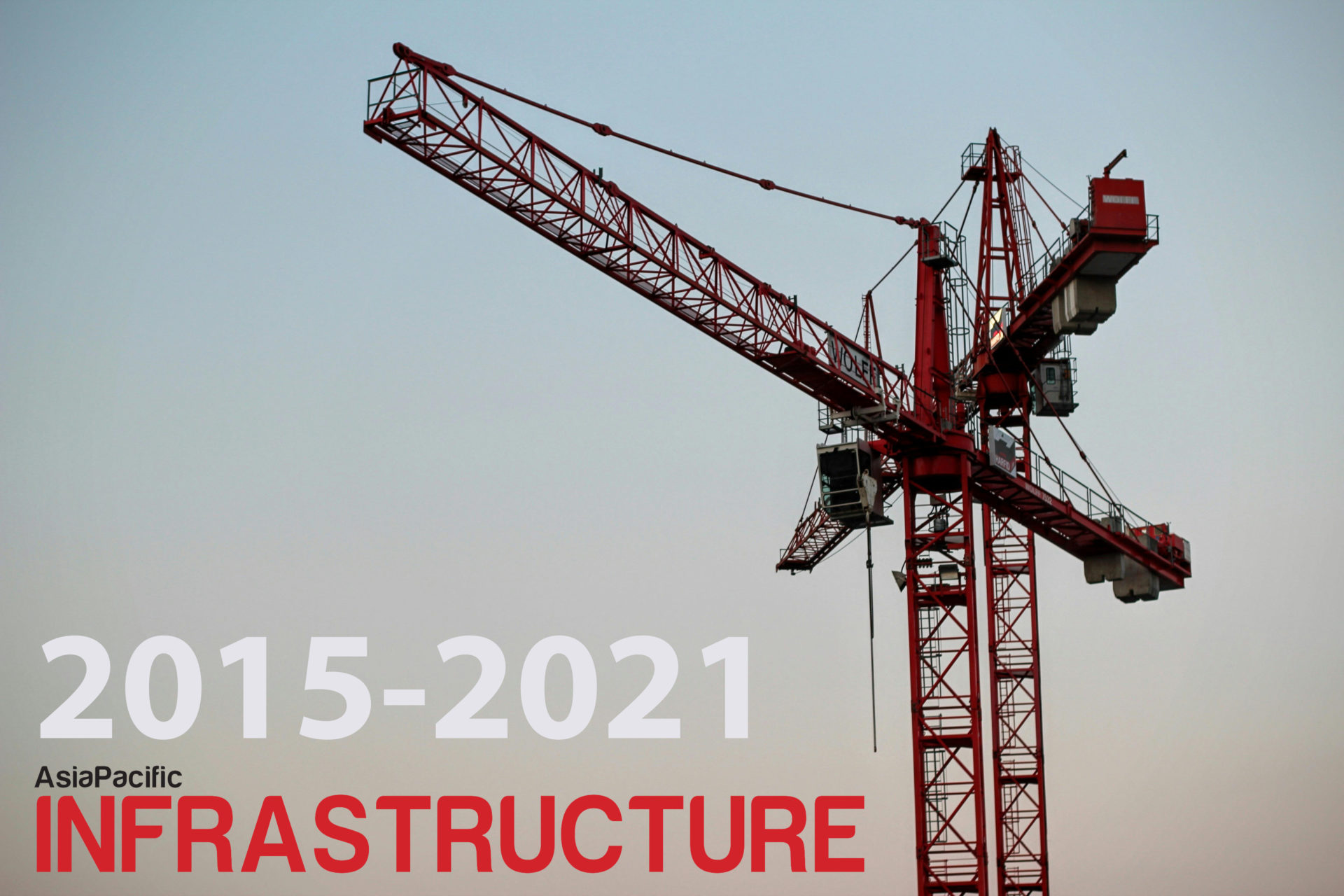Civil Contractors New Zealand Chief Executive, Peter Silcock, asks us to consider two situations: in the first, Contractor A wins a local government tender to construct a local road or water pipe

Their bid offers to complete the project at the lowest price by a good 10 per cent. This saves money for the council in the short term.
This low price does not allow Contractor A to properly maintain its equipment or develop skills within its workforce. They do the same for the next job, and the next. They cut corners, chase variation claims and pay low wages to squeeze a profit out of the jobs. And eventually they are operating outdated machinery they can’t afford to replace, on projects staffed by people who haven’t received appropriate training and development to do the job required.
The client finds them difficult to work with and allocates more staff time to manage the variation claims and more closely monitor the project. After a couple of years, remedial work is needed because of the corners Contractor A has cut, or because the contractor’s staff did not have the right skills and experience to produce quality work.
Ultimately, this increases the whole-of-life cost significantly and inconveniences the local community.
And in the meantime, Contractor B – who priced these things into the tender and was passed over because their bid was higher – has gone out of business. A bleak picture indeed.
Now consider the alternative, where skills development and community outcomes were factored in at the procurement stage as measurable factors.
Contractor B wins the tender because it properly priced training and development for staff into project costs and planned for ongoing investment in and maintenance of equipment. The next tender its wins goes even better because of the capability, capacity and productivity they have built within their business.
In this case, the employees get the skills and recognition they need to work towards a more successful career. Staff are paid well, allowing them to contribute to their communities. The projects are completed to a higher standard, delivered on time and at the estimated cost. And Contractor A is forced to reassess its business plan to factor in skills development and maintenance and meet the new tender requirements.
Social procurement
This second approach is an example of social procurement; still a relatively new term in New Zealand. It’s a topic civil contractors are enthusiastic about, in a guarded sort of way. The reason? Contractors aspire to be Contractor B – a good employer who performs vital work that benefits its community and uses the right tools for the job.
Good contractors have always recognised the competitive advantage of staff retention and training, in terms of reduced rework and project quality.
But, the reality is, there’s a balance. Contractors must meet terms set when a contract is put up for tender. For a long time, tenders have centred on lowest cost and doing the bare minimum to deliver on project design. Skills and training are often absent from procurement documents.
We’re at a turning point now where this can change for the better, and the change is written into the Government Procurement Rules (fourth edition). This change has come about, in part, through the Construction Accord that sets clear terms between industry and government, recognising the need for a healthy construction industry – something in everybody’s interest.
The need for consistent social procurement
So that’s the ‘why’ covered. What about how we put it into action?
Social procurement started in earnest last year. It’s a way for clients to build capacity within local contractors, leading to meaningful employment, a skilled local workforce and better outcomes for communities.
Civil contractors are enthusiastic about social procurement because they see the potential of better outcomes for civil construction workers and their communities. But they are also guarded because they see a lack of clarity and consistency in the way these outcomes are defined, prioritised and measured.
Councils don’t have to redesign the way social procurement works to use it. In fact, it’s much better if they use a model universally accepted by contractors. We must work hard to avoid another prequalification debacle where the idea is reinvented on a region-by-region basis, resulting in some contractors having to run a dozen different systems.
If you haven’t already seen them, four tools local government managers can use to get better outcomes from their construction projects, faster are:
The Government Procurement Guidelines – Broader Outcomes may not be mandatory for local government, but they set out a working procurement model and good practices it would be positive to see local government follow them. Find them at www.procurement.govt.nz/broader-outcomes/
The Sustainable Outcomes Toolkit offers a ready-made social procurement model, meaning you can build social outcomes into your procurement models. Produced by Auckland Council’s Healthy Waters Unit, the Toolkit has enabled partnerships between industry and local government. Find it at www.sustainableoutcomes.info
The Rapid Mobilisation Playbook – a tool for mobilising construction projects quickly, enabling clients to work with contractors to get work underway faster. It includes advice and models to help projects start quickly, while offering protection for workers and public funds. Find it at https://www.constructionaccord.nz/good-practice
The NZ Infrastructure Pipeline maps out proposed and ongoing infrastructure construction projects, providing a degree of certainty around the forward work plan. It’s available at www.infracom.govt.nz




